Effective Bandwidth Planning
The pace of technoligcal advancment through the products/services will help us save a lot of moneys in every-day use. It also helps us improve mission reliabilty and making the planning and operation process more efficient for the users.
Full title: Effective Bandwidth Planning and Mitigate Interferences Mitigation Solution with Virtual Spectrum Aggregator (VSA) Technology to Reduce Costs, Improve Missions Reliability, and Spectrum Efficiency for Satellite Communication Project Manager
Author: Minh Nguyen D.
Why do we need VSA?
The pace of technoligcal advancment through the products/services will help us save a lot of moneys in every-day use. It also helps us improve mission reliabilty and making the planning and operation process more efficient for the users. In this artcile, we’re going to discuss about why we need the VSA technology and how can it help us to achieve our objectives in reducing the mission bandwidth, saving costs and improve reliability and operation management for the mission. For non-technical users and audiences with lacking of the satellite communication background, think of the satellite bandwidth is equivalent to the amount of fuels that was being consumed in the fuel-efficient car or smart-fuel technology car. 32 miles per gallon for one tankfuls of gas consumes in the regular car, and let’s assumed 40 miles per gallon for one tankfuls of gas consumed in smart-fuel efficient high tech car. In the simmilar analogy, we can pair up in the sense of using the similar technology comparision in this article with and without using the VSA technology to reduce the bandwidth costs, as it is related to car, how much fuel costs can you actually save of using the old car vs new technology car? (references to the cost saving explaination below the Figure 2 diagram, How can we reduce the cost of operation bandwidth of implementing the VSA technology? How much cost can we actually save?)
Background:
SATCOM bandwidth is greatly prized commodity for satellite users and the commercial bandwidth is very expensive because U.S Military has been relying heavily to conduct their mission where the military satellite is not available in certain area. From the management perspective, bandwidth is money and for many industries or satellite users, less bandwidth translates into lower costs. It’s always been a challenge for the Department of Defense to maximize bandwidth and deliver additional capabilities on the ground while keeping the cost low. Most of us know that bandwidth is allocated based on mission and priority prior allowing of accessing the satellite. The bandwidth that is needed to support the current missions would be considered as higher priority than the bandwidth needed for training. In the military, the satellite communication planner SATCOM planner has been used the Joint Integrated Satellite Communication Tool (JIST) to submit a satellite access request to the Regional SATCOM Support Center (RSSC) prior of accessing the satellite. The satellite access request must include the mission it supports with the following information such as: a range of date and time the mission needs the satellite coverage, the location of the transmit and receive terminal, which also included the location of a satellite, the bandwidth required to support the mission, the point of contact at each terminal location where the controller can be reached to establish the link connection and tear down the mission, the carrier information which includes of what data rate the mission required for transmitting and receiving between users, what type of access scheme, what modulation and coding, what modem the user will be using to conduct a mission. In this article, we’re examing how the VSA technology would help the users to reduce the operation bandwith such as reduce cost, improve the managment operation of the network and the pay-off to the users.
Keywords: Technology, Satellite Communication, Reliability, Bandwidth, Cost, Fragments, Mission, Capacity
The satellite planner must take into consideration the required information to access the satellite when the satellite authorization access (SAA) is created. The SAA procedure for the Continental United States (CONUS) mission may be a little different from the Outside Continental United States (OCONUS) mission as far as the operating parameters in the SAA and the times needed for submission. The bandwidth is allocated based on the mission and priority as specified in the SAA. The satellites have capacity and are able to serve thousands and thousands of missions at once as long as the satellite can balance the power and the bandwidth of the payload to support those missions.
When the missions ending and beginning each mission was having different bandwidth and duration requirements often leave transponders on satellites heavily fragmented. There is certain technology today that can only operate with contiguous bandwidth segments in which fragmented spectrum cannot be used. These technologies lack flexibility of coherently splitting and combining the data rate assignment and do not provide means to programmatically breaks up the data rates or a stream segment across multiple paths to accommodate SATCOM bandwidth fragments. Existing technologies do not make efficient use of unused bandwidth fragments in satellite or terrestrial communications systems. Current systems are generally protocol dependent, not easily reconfigurable, and require high overhead. To eliminate this waste of bandwidth and regain back the unused spectrum without mission disruptions requires a method to coherently splitting and combining the bandwidth across the multiple spectrum slices so the spectrum could be used more effectively and efficiently.
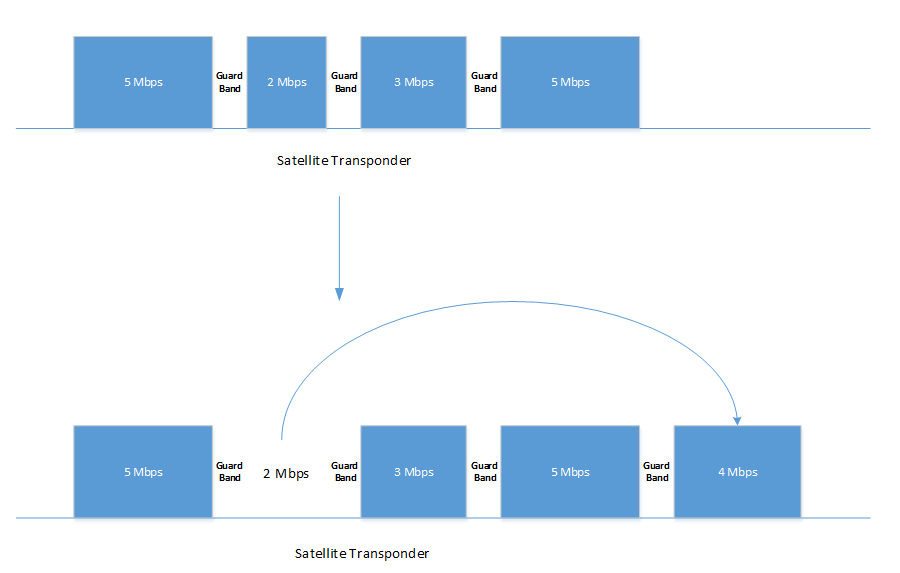
Figure 1.Example of Fragmented Spectrum on Satellite Transponder
In this example, the satellite transponder has 4 active carriers. Each carrier is separated by a guard band in order to avoid the inferences between carriers when operating on the same transponder. The satellite transponder has the carriers allocated in the following: 5 Mbps carrier, 2 Mbps, 3 Mbps, and 5 Mbps carrier. Let’s say the 2 Mbps carrier is free when their mission is finished and no longer needed for this carrier to be up on the transponder. Customer has called and de-accessed this carrier because their mission is completed. At the same time, we have a new request coming in to support a 4 Mbps carrier for a different customer. In this scenario, 2 Mbps free slot cannot be used to support a 4 Mbps requirement because it’s too small for that carrier to fit in. The satellite controller would have to look in other places on the satellite transponder to support this request. A 2 Mbps carrier will just be open and sitting there until we have a new mission be able to use that bandwidth. Sometimes, the satellite controller would have to move center frequency to groom the carriers in the transponder together to support the new mission.
In summary, we just wanted to introduce a scenario where the fragmented of bandwidth on teh satellite can be harvested of using the VSA technology. For non-technical users and audience with lacking of satellite communication backgroudn. The carrier size, the spectrum, the occupied bandwidh of carrier, these terms can be used itnerchangebale in this artcile. They basically means the same thing when we talked about tthe occupancy on the satellite bandwidth. Every MHz of the bandwidth we save, it results in cost saving.
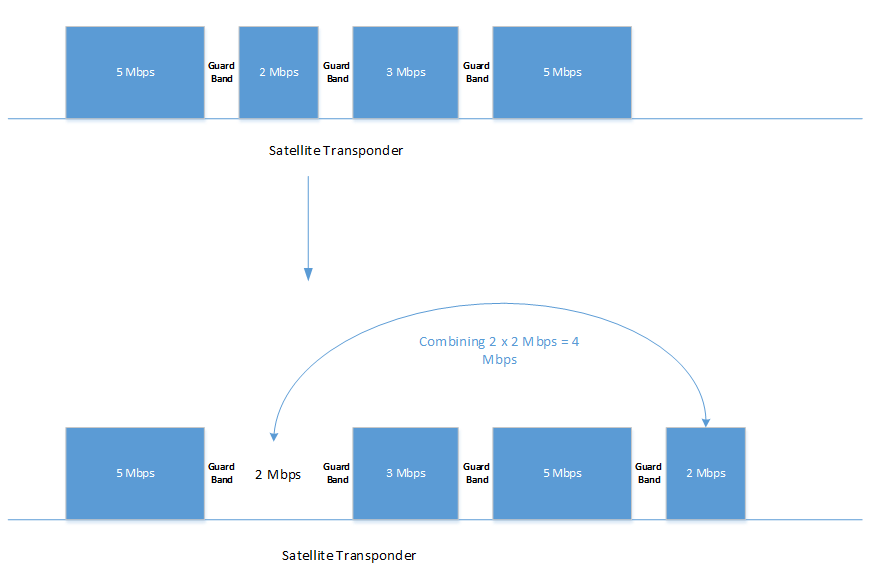
Figure 2.Example of Fragmented Spectrum that was harvested on Satellite Transponder
In this example, with using the proper technology/method on ground, the user would be able to take advantages of the fragmented spectrum on the satellite transponder.4 Mbps carrier would be easily support with a 2 Mbps carrier and a 2 Mbps carrier or in any combinations where bandwidth is available on the transponder without having to move center frequency and grooming between the carriers to support this new request.
How can we reduce the cost of operation bandwidth of implementing the VSA technology? How much cost can we actually save?
How much cost can we actually save is really depends on what scenarios we’re operating in and how much bandwidht require to support that secneario? . From the management perspective, let’s assumed the cost per MHz of bandwidth per month cost 5000 US dollars. In the conventional approach (references in Figure 2 Top Diagram). In general, applications that utilizing these carriers normally require contiguous spectral blocks of bandwidth. Therefore, to support the new carriers opearting at 4 MHz. The cost to procure those 4 MHz segments would be ($5000 x 4 MHz/month) = $20,0000 / month). However, with the VSA technology implemenation (references in Figure 2 Bottom Diagram) . We only need to procure the 2 MHz carrier as the new bandwidth segment in order to support a total 4 MHz operation. Therefore, the cost would be significantly reducing in half ($5000 x 2 MHz/month) = $10,000/ month. Overall, we can cut down on bandwidth usages and the money could be saved sigfnificantly by ($20,000 - $10,000 = $10,000) / month to opearte in this configuration.
What benefits can VSA technology give us and how would it maximize the benefits of the satellite markert users?
VSA can deliver multiple capabilities in helping to operate spectrum more efficiently and mitigate the interference effects through a number of combinations: VSA could be operated in conjunction with internal modem, internal modem with fiber technology, VSA with external modem, or internal modem, external modem, and fiber.
- Bandwidth Aggregation/Dis-Aggregation Capability (break up the data and transmit it over multiple satellites to imrpove the link protection): VSA uses a backup and active capacity simultaneously to increase throughput, partial loss of bandwidth if one of the links goes down; if the distance link is down, VSA will continue to support the mission by continued transmitting dummy bursts to ensure the continuity of traffic flows for protection purposes. This feature offers flexible bandwidth allocation by allowing the planner to add the new slices of bandwidth to support missions with increase traffic. The aggregation/dis-aggregation is very flexible to harvest the fragmented bandwidth more efficiently, so it can be done across multiple frequency bands, on the same transponder same satellite, across different transponders same satellite, or across the satellites.
- Auto-Rerouting of Data (to help improve network performances by re-route the data when the network experience the congestion and help to minize the downtime to restore the network opreration) : When the packet started transmitting from the source to the destination in the network. The receiver at the distance end will provide feedback to transmitter upon acknowledge of the transmission and report whether the packet is lost through the transits to the source (such as weather effects causes carrier cannot operate, the congestion of the network that causes the carrier not functioning, too much of the packet lost caused the network un able to function.
- Priority Routing of Data (real time services like voice and video have higher priority can transmit first before general data) : If the network operates without the implementation of the quality of services then all services will be equally important and no services will be guaranteed for the amount of traffic they will be receiving. Interactive-streaming video can cause disruption to the voice services if they are not equally prioritized. Therefore, it is important to classify what type of the traffic is important and what traffic is not that important so we can implement a proper marking and assign them to proper level of priority. The VSA will handle the high priority and low priority traffic when it operates with the internal modem mode or external modem mode.
- Hitless Carrier Addition/Deletion (the ability to increase the amount of data without impacting the missions when needed): Additional spectral blocks can be added without interruption to the missions in order to accommodate bandwidth expansion. The automatically data routing is done if uses the internal modem platform. The manual configuration is currently supported on current firmware with external Enhanced Bandwidth Efficient Modem (EBEM) modem.
- SATCOM + Fiber Technology (dual methods to combine or split data for efficiency, redundancy, and one can be use to back up other links) : The VSA can use satellite as primary link to provide communication to user over SATCOM link or/ and fiber as back up so both connections will be in place and operate simultaneously in case of the failure of primary link.
- Replication Capability (discuss about data is duplicated to different channel that can be used for back up purposes): To support the replication feature, the VSA will need to access to two carriers at the minimum to ensure the adequate of the protection group can be met. The two carriers will be configured in the same Protection Group so that one carrier will be protecting the other carrier in the event of the primary carrier is down. The same amount of data from one channel will get copy to a different channel in the network.
- Multi Carrier Forward Error Correction (MFEC) (multiple carriers can have different coding to help protect link failures in the transmissions) : provides a less overhead method compares to PG and acts as an interference mitigation alternative to Protection Groups (PG) for constructing highly resilient among the split carriers. Whereas Protection Groups rely on replication of slices of digital data transported over spectrally or physically disparate media, MFEC uses correction codes for augmenting the error-protection capability of an ensemble of signals or links.
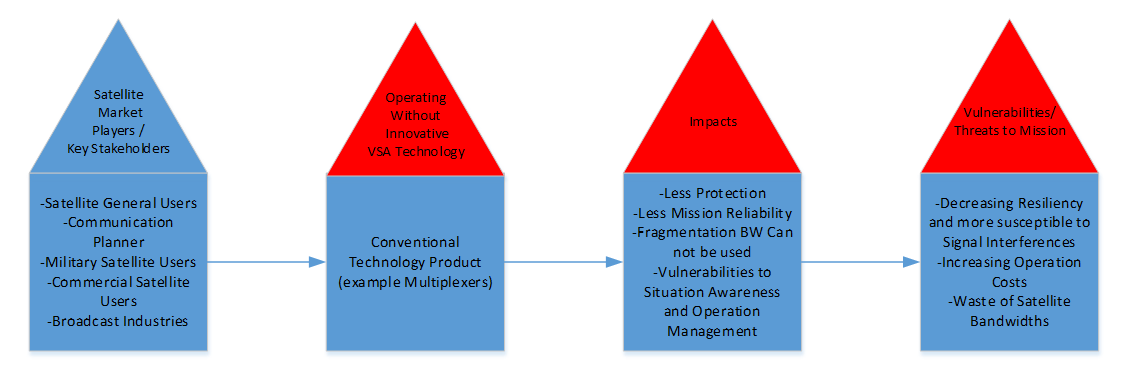
Figure 3 .Satellite Market Users are facing issues with the lack of technology enhancement in network operation

Figure 4 .Satellite Market Users are benefits from the technology enhancement upgrade in network operation
VSA Area of Enhancement for Future
This section is pretty much discussed about what other enhancements can we take on with using this technology? . In summary, the VSA technology is currently controlled manulaly when you need to turn on and turn off the tranmission link and planned the spectrum for the new carriers. In the future, we’d like to see technology is able to operate autonomously by turn on and turn off the tranmission automatically and moving the spectrum to a clear compatible bandwidth on the satellite. The reason to have this smart feature considered because we’d like to see this technology to operate as transparent to users , without human intervention when something happens to the network. It also offers the benefits to minmize outage time, keep the mission up and running regardless of what has happended to the network.
The hitless addition/deletion capability would be a great feature to support the increase traffic on demand where mission needs to be expanded to support additional traffic loads. To exercise this scenario, user must need to pre-plan the operating bandwidth and the reserved bandwidth before their mission is deployed. The reserve bandwidth will allow user to move into a new space without having to request through the satellite access authorization procedure with the RSSC or satellite planner which could be time consuming and dealing with a tedious process. The network will be reconfigured manually to support the network expansion or moving to the new center frequency is done manually in case of interferences.
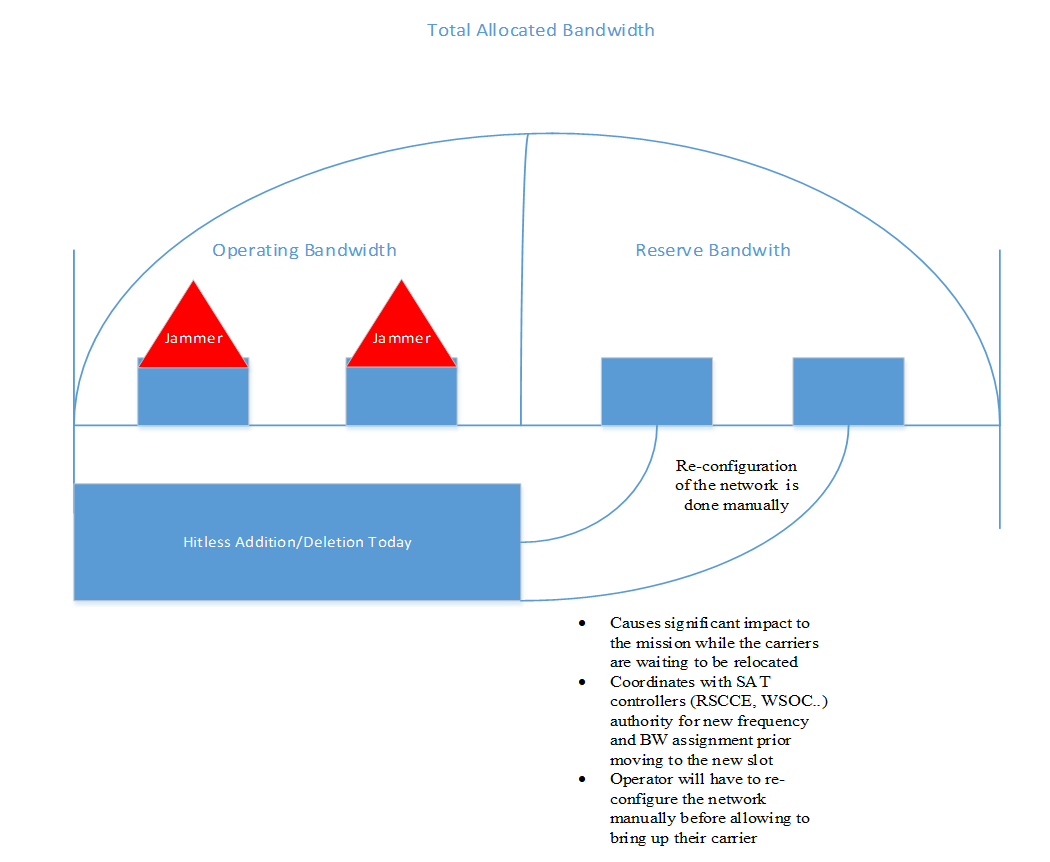
Figure 5. Hitless/Addition and Manual Routing Today
This capability under current VSA can be further enhanced to support the interference detection and avoidance capability when a signal is compromised through the control plane integration work with a modem type such as Enhanced Bandwidth Efficient Modem (EBEM) to enhance the hitless addition/deletion and auto routing capabilities to mitigate the inference effects. The VSA shall be able to provide alerts when radio frequency (RF) interference occurs through a graphical visualization, and allow the system to move automatically to clear and compatible frequency within the allocated bandwidth quickly to the users. In addition, the VSA must be able to store and retrieve the events and log files, included the spectrum plot into the database. These records of events and log files as a starting point for problem determination and troubleshooting. VSA can also apply to advanced terrestrial microwave and wireless communications or other type of media to maximize link throughput, improve protection against the interferences, and leverage the fragmented bandwidth to operate the transponder more efficiently. In any media, this technology also economizes bandwidth use and also provides a layer of protection capability against both jamming and man-made scintillation via its data replication summing and carrier protection group properties. Two or more carriers can be defined in the same protection group so when one carrier is lost the other carrier will take over the slot. Protection is furthered by having portions of data reside in two or more planes simultaneously. For years, challenges in handling processing issues on a single path with the right level of power per bit has been difficult to model with absolute efficiency without mentioning the given pointing accuracy complexities from a satellite antenna payload in space to an intended ground segment receiver. The ability to coherently disassemble a data stream into smaller usable size rates to consume the gaps of energy and re-aggregate the streams is a means to economizing bandwidth usage. In doing so there are many challenges. Some of the greatest challenges in SATCOM include latency, indeterminate bandwidth availability and varied levels of power. The object is to provide this capability as an alternate means to effectively harvest fragmented SATCOM bandwidth as well as to provide a low-cost passive means of inherent protection against jamming and man-made scintillation.
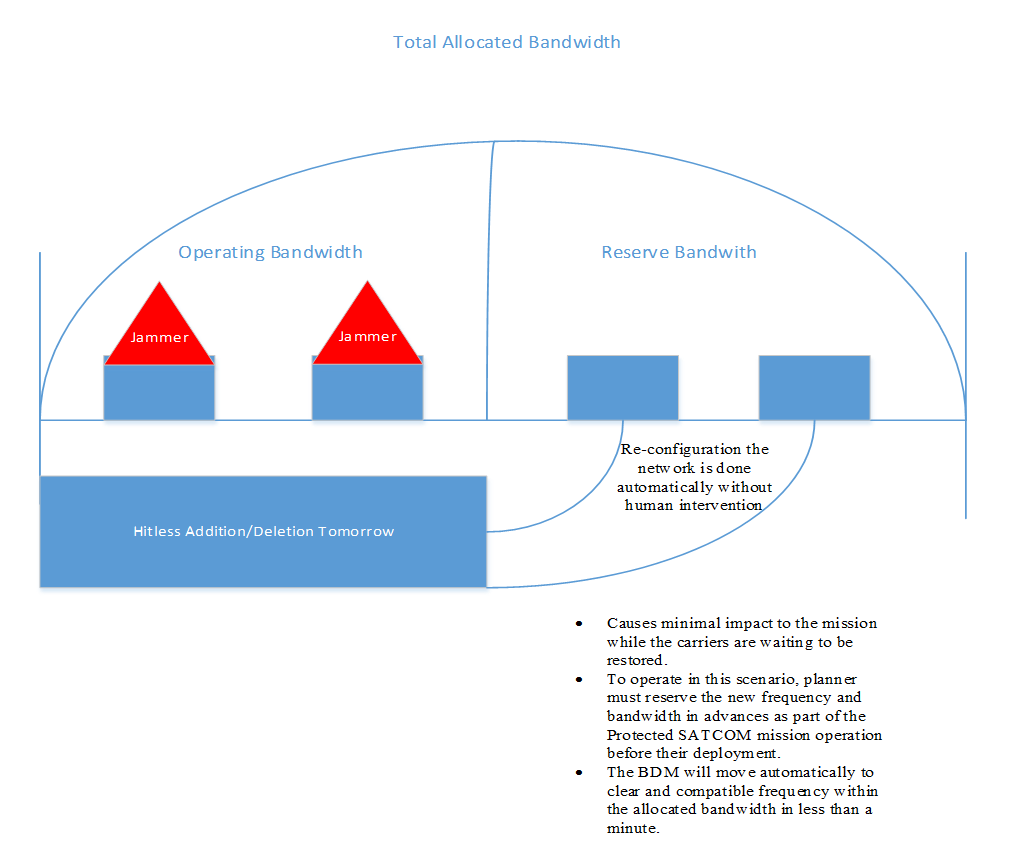
Figure 6. Hitless/Addition and Smart Routing Tomorrow
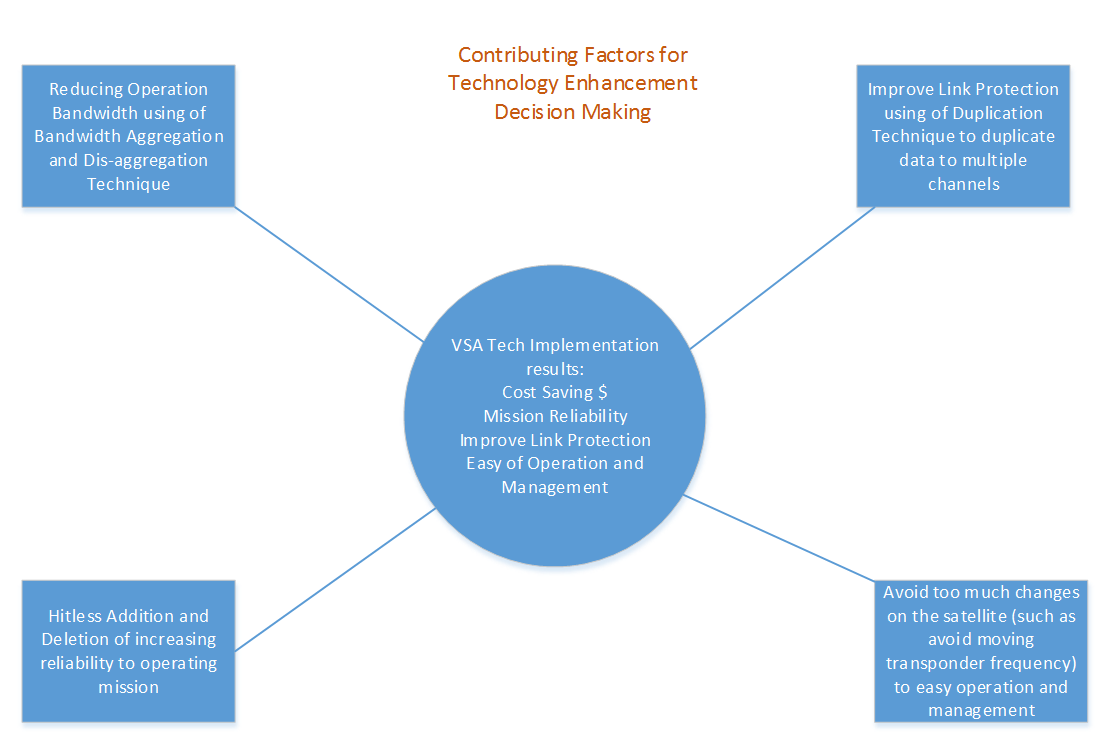
Figure 7. Contributing Factors for Technology Enhancement Decision Making
Conclusion:
The VSA technology platform provides fleixble new way of managing satellite bandwidth for key satellite applications (as references to the list of the benefits on page 5 and Figure 7-Contributing factors for technology enhancement Decision Making) in elimination of the costly and operationally intensive transponder-grooming process, increase transponder utilization, provide highly reliablity by duplicating data to protect mission critical, offer load sharing and harvest fragment bandwidth and hitless techniques to help reducing opreation costs and improve mission reliability.
Bibliography:
Hitt, M. Duane, I. Hoskisson R. (2005). Strategic Management: Competitiveness and Globalization (Concepts and Cases) 6e.Mason, OH: Thomson South-Western.
Alcatel-Lucent VSM400 Multi-Carrier Satellite Modem and Data Aggregator Data Sheet, April ’13.
Wideband Frequency Division Multiple Access (FDMA) Modem Performance Requirements, v1.2, April 17, 2015.